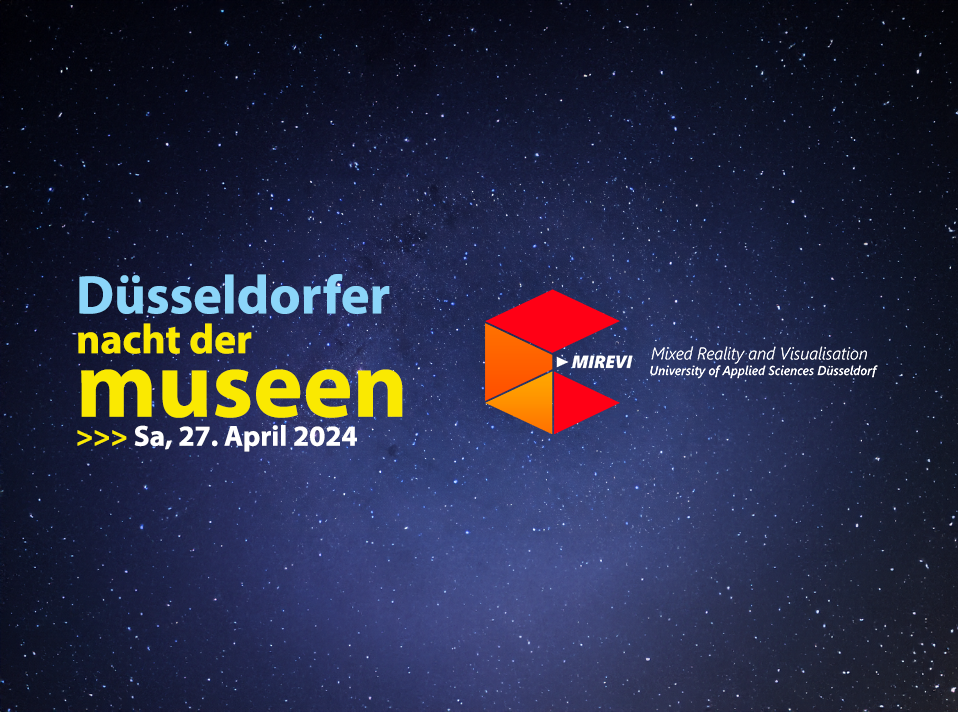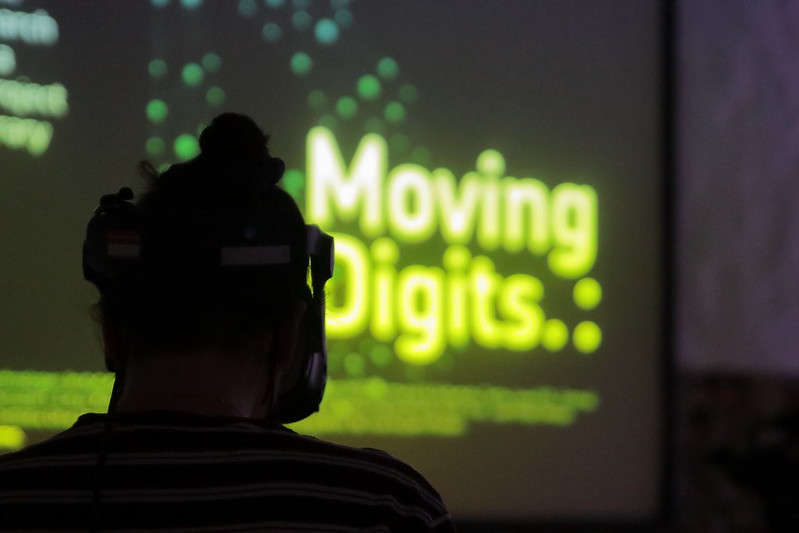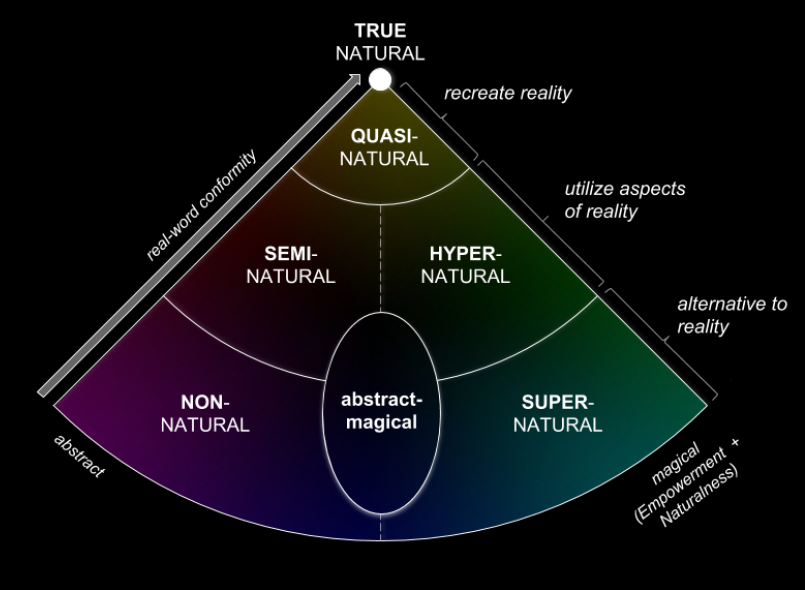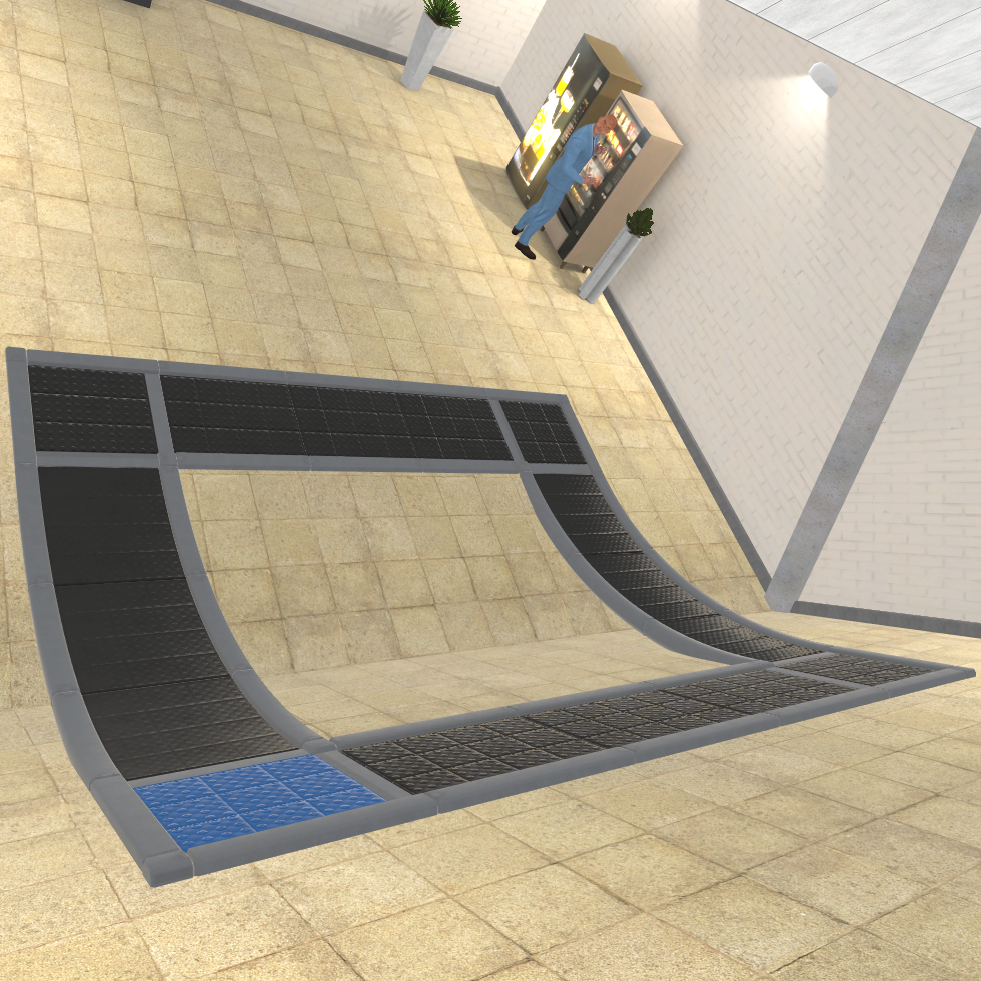After 2 years of workshops, residencies, performances, exhibitions and talks, the EU project Moving Digits came to an end, leaving behind numerous valuable traces of interdisciplinary collaboration between dancers, choreographers, technicians and designers. The project aimed at their empowerment with further tools for expression, archival and analysis, and in terms of audience, at enhancing its understanding and engagement in contemporary dance performances and allowing to experience dance in an augmented way.



























